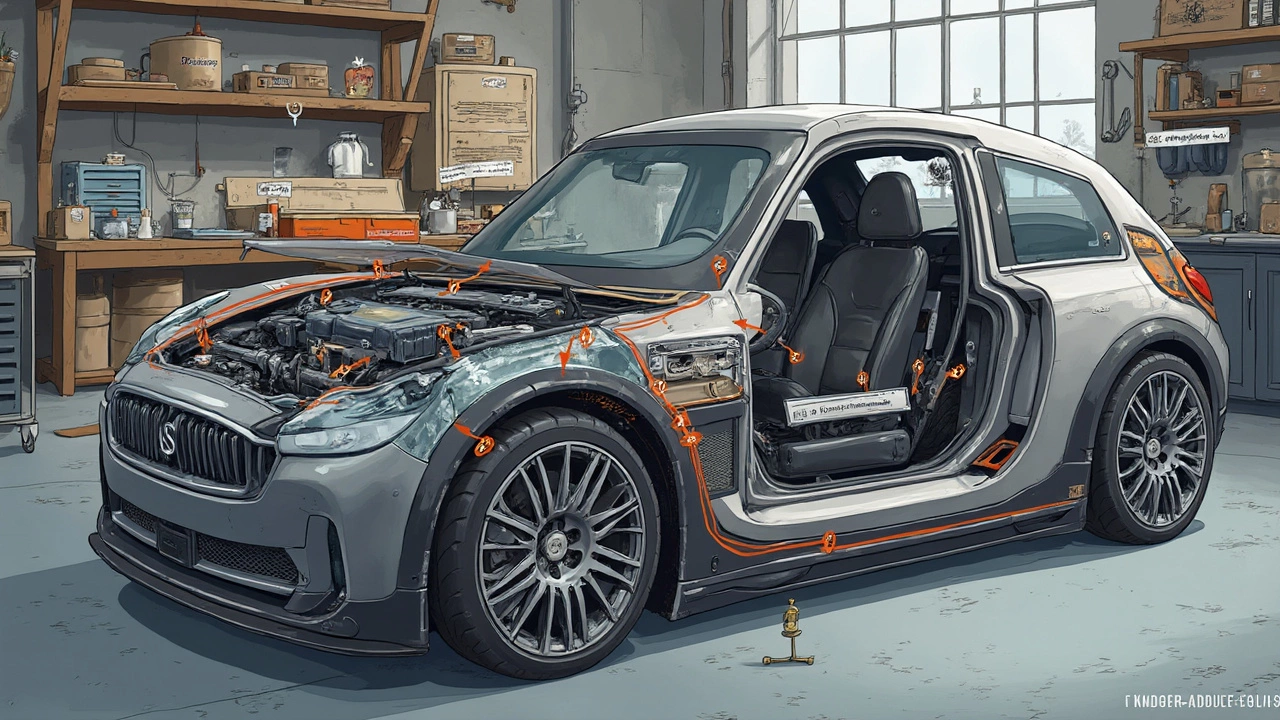Diagnose Car Problems: Spot Issues Early and Save Money
When you diagnose, the process of identifying what’s wrong with your car before it breaks down completely. Also known as car trouble shooting, it’s not about being a mechanic—it’s about paying attention to what your car tells you. Most people wait until their car won’t start or makes a scary noise, but by then, the damage is often done. The smart driver learns to spot the early warnings: a squeal when you brake, a rough idle, or the engine sputtering on highway exits. These aren’t just annoyances—they’re signals your car is begging for help.
Take brake pads, the friction material that stops your car by pressing against the rotors. When they wear thin, you don’t just lose stopping power—you risk warping the rotors, which can cost hundreds more to fix. You can check them yourself in under five minutes. Same with spark plugs, tiny components that ignite fuel in your engine. If they’re fouled or worn, your car runs poorly, burns more fuel, and might even stall. And if your car suddenly hesitates or won’t start, it could be a failing fuel pump, the part that pushes gas from the tank to the engine. A bad one doesn’t always scream—it just slowly gives up. These aren’t rare problems. They happen to everyday drivers in the UK, especially with stop-start city driving and older vehicles.
Diagnosing isn’t magic. It’s about matching symptoms to likely causes. A vibration when you brake? Could be warped rotors or worn struts. A check engine light? Could be a loose gas cap or a failing oxygen sensor. You don’t need fancy tools to start. A flashlight, a ruler for measuring brake pad thickness, and your ears are enough. The posts below give you step-by-step checks for exactly these issues—no jargon, no fluff. You’ll learn how to tell if your AC filter is clogged, if your radiator is leaking, or if your clutch is slipping before you get stranded. These aren’t theory guides. They’re real-world fixes from drivers who’ve been there. And the best part? You’ll save money by catching problems early—before they turn into big, expensive repairs.
